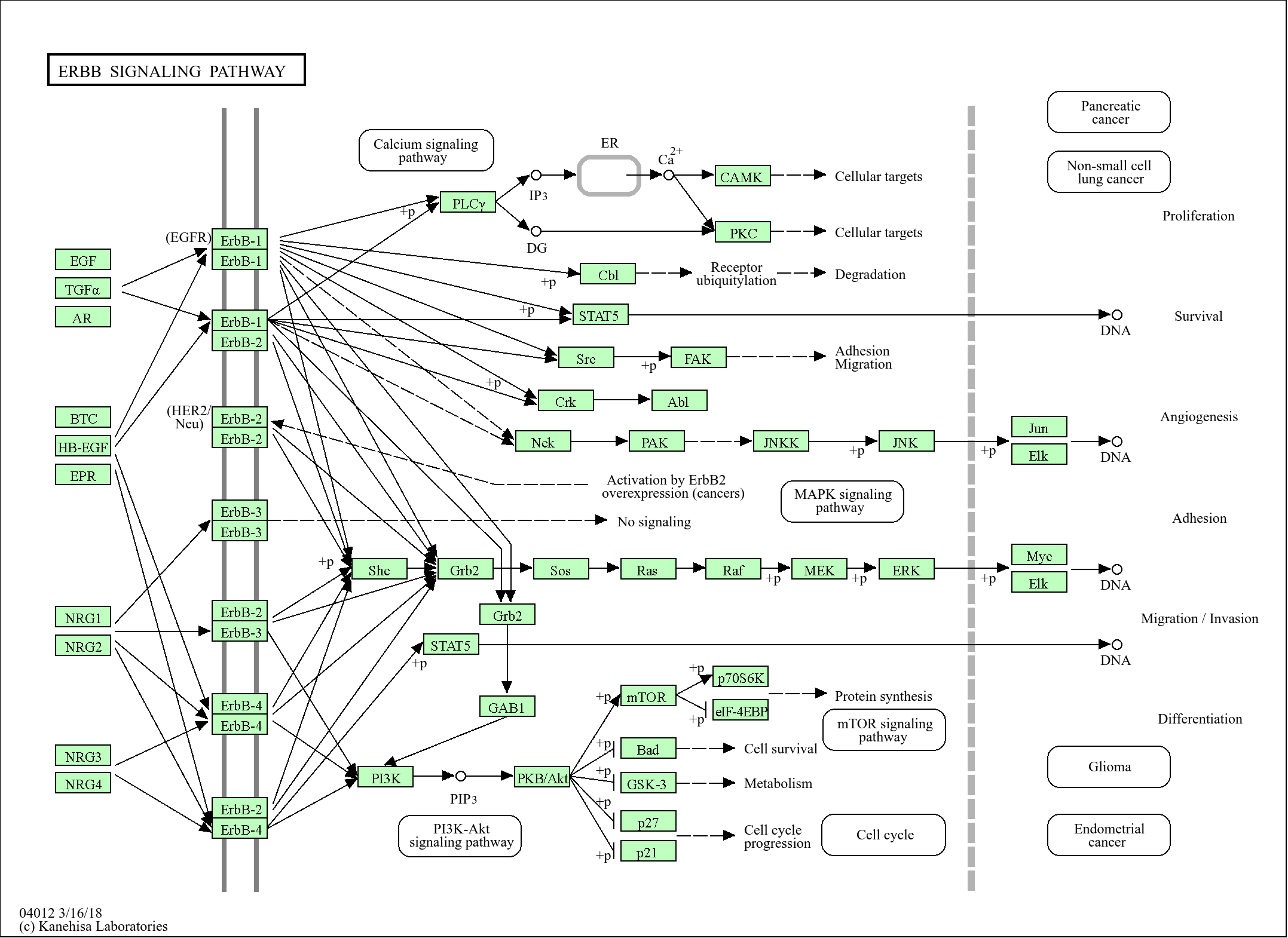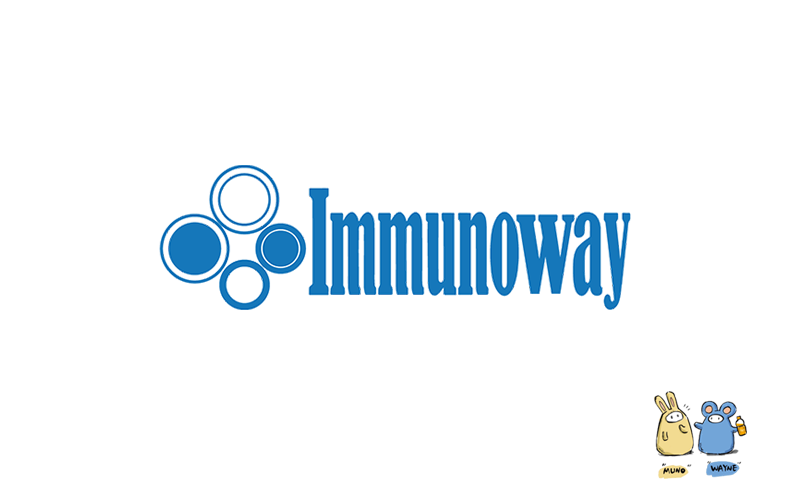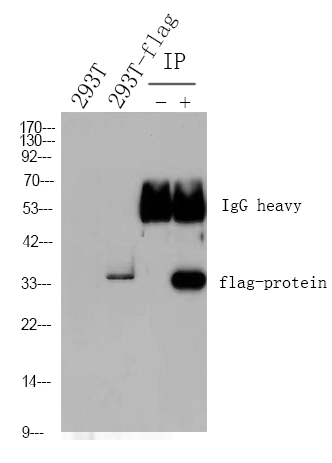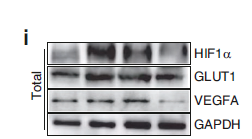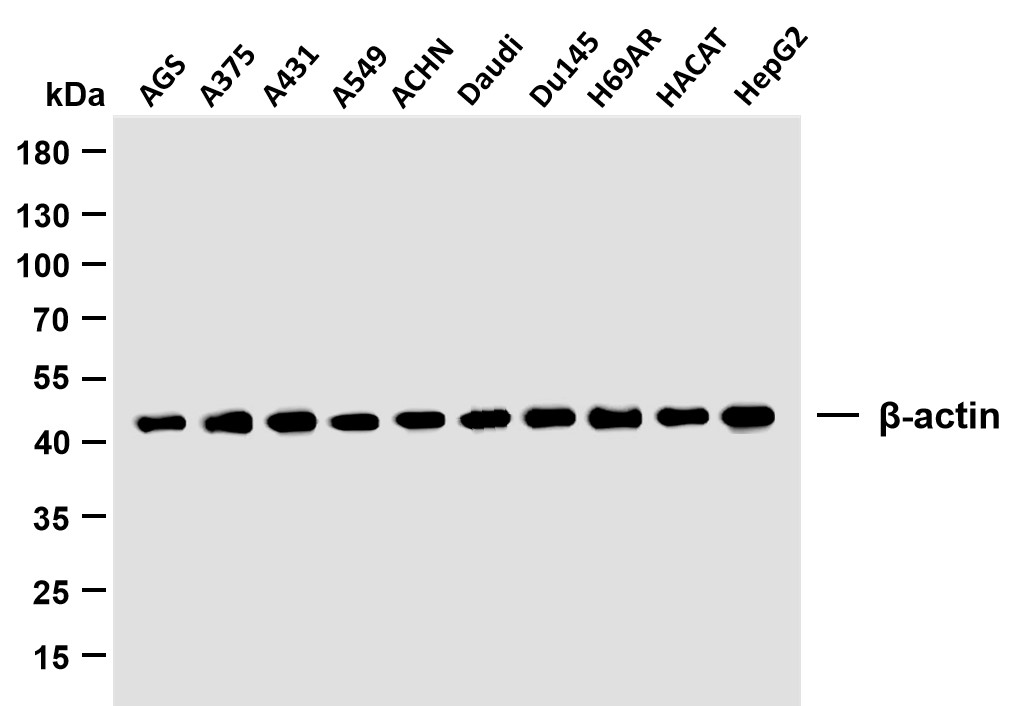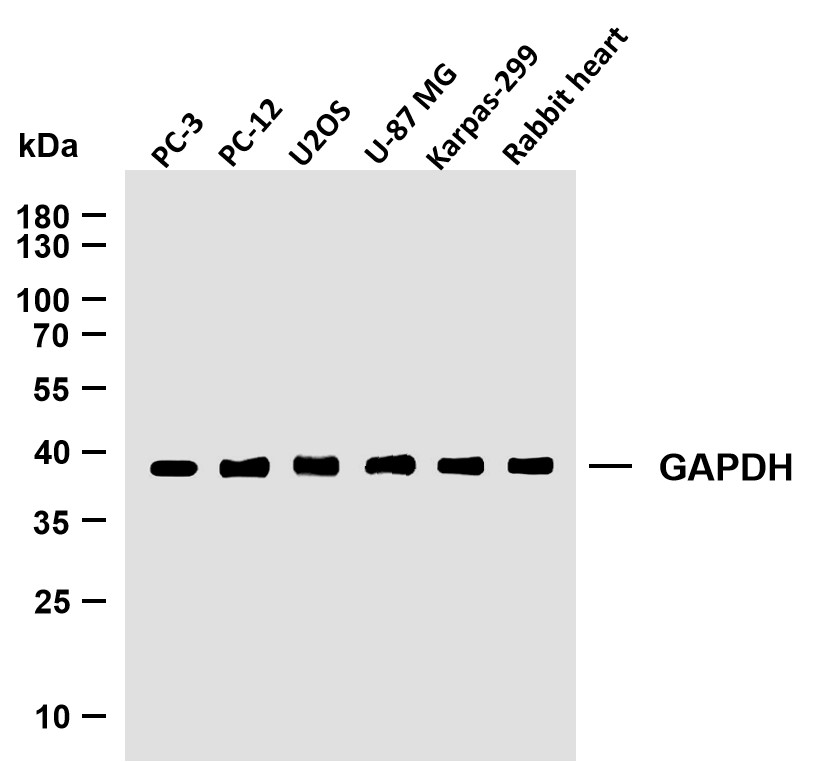
Catalog: YN0804
Size
Price
Status
Qty.
200μL
$450.00
In stock
0
100μL
$280.00
In stock
0
40μL
$150.00
In stock
0
Add to cart


Collected


Collect
Main Information
Target
IMA1
Host Species
Rabbit
Reactivity
Human, Mouse, Rat
Applications
WB, ELISA
MW
59kD (Observed)
Conjugate/Modification
Unmodified
Detailed Information
Recommended Dilution Ratio
WB 1:500-2000; ELISA 1:5000-20000
Formulation
Liquid in PBS containing 50% glycerol,0.5% BSA and 0.02% sodium azide.
Specificity
IMA1 Polyclonal Antibody detects endogenous levels of protein.
Purification
The antibody was affinity-purified from rabbit antiserum by affinity-chromatography using epitope-specific immunogen.
Storage
-15°C to -25°C/1 year(Do not lower than -25°C)
Concentration
1 mg/ml
MW(Observed)
59kD
Modification
Unmodified
Clonality
Polyclonal
Isotype
IgG
Related Products
Antigen&Target Information
Immunogen:
Synthesized peptide derived from part region of human protein
show all
Specificity:
IMA1 Polyclonal Antibody detects endogenous levels of protein.
show all
Gene Name:
KPNA1 RCH2
show all
Protein Name:
Importin subunit alpha-1 (Karyopherin subunit alpha-1) (Nucleoprotein interactor 1) (NPI-1) (RAG cohort protein 2) (SRP1-beta)
show all
Background:
The transport of molecules between the nucleus and the cytoplasm in eukaryotic cells is mediated by the nuclear pore complex (NPC), which consists of 60-100 proteins. Small molecules (up to 70 kD) can pass through the nuclear pore by nonselective diffusion while larger molecules are transported by an active process. The protein encoded by this gene belongs to the importin alpha family, and is involved in nuclear protein import. This protein interacts with the recombination activating gene 1 (RAG1) protein and is a putative substrate of the RAG1 ubiquitin ligase. Alternative splicing results in multiple transcript variants. [provided by RefSeq, Nov 2012],
show all
Function:
Domain:Consists of an N-terminal hydrophilic region, a hydrophobic central region composed of 10 repeats, and a short hydrophilic C-terminus. The N-terminal hydrophilic region contains the importin beta binding domain (IBB domain), which is sufficient for binding importin beta and essential for nuclear protein import.,Domain:The IBB domain is thought to act as an intrasteric autoregulatory sequence by interacting with the internal autoinhibitory NLS. Binding of KPNB1 probably overlaps the internal NLS and contributes to a high affinity for cytoplasmic NLS-containing cargo substrates. After dissociation of the importin/substrate complex in the nucleus the internal autohibitory NLS contributes to a low affinity for nuclear NLS-containing proteins.,Domain:The major and minor NLS binding sites are mainly involved in recognition of simple or bipartite NLS motifs. Structurally located within in a helical surface groove they contain several conserved Trp and Asn residues of the corresponding third helices (H3) of ARM repeats which mainly contribute to binding.,Function:Functions in nuclear protein import as an adapter protein for nuclear receptor KPNB1. Binds specifically and directly to substrates containing either a simple or bipartite NLS motif. Docking of the importin/substrate complex to the nuclear pore complex (NPC) is mediated by KPNB1 through binding to nucleoporin FxFG repeats and the complex is subsequently translocated through the pore by an energy requiring, Ran-dependent mechanism. At the nucleoplasmic side of the NPC, Ran binds to importin-beta and the three components separate and importin-alpha and -beta are re-exported from the nucleus to the cytoplasm where GTP hydrolysis releases Ran from importin. The directionality of nuclear import is thought to be conferred by an asymmetric distribution of the GTP- and GDP-bound forms of Ran between the cytoplasm and nucleus. In vitro, mediates the nuclear import of human cytomegalovirus UL84 by recognizing a non-classical NLS.,similarity:Belongs to the importin alpha family.,similarity:Contains 1 IBB domain.,similarity:Contains 10 ARM repeats.,subunit:Forms a complex with importin subunit beta-1. Interacts with ANP32E (By similarity). Interacts with the nucleoprotein of influenza A viruses. Binds to HCMV (human cytomegalovirus) UL84, HIV-1 Vpr and to ebolavirus VP24.,tissue specificity:Expressed ubiquitously.,
show all
Cellular Localization:
Cytoplasm . Nucleus .
show all
Tissue Expression:
show all
Research Areas:
>>Nucleocytoplasmic transport ;
>>Salmonella infection ;
>>Influenza A ;
>>Chemical carcinogenesis - receptor activation
>>Salmonella infection ;
>>Influenza A ;
>>Chemical carcinogenesis - receptor activation
show all
Reference Citation({{totalcount}})
Catalog: YN0804
Size
Price
Status
Qty.
200μL
$450.00
In stock
0
100μL
$280.00
In stock
0
40μL
$150.00
In stock
0
Add to cart


Collected


Collect
Recently Viewed Products
Clear allPRODUCTS
CUSTOMIZED
ABOUT US
Toggle night Mode
{{pinfoXq.title || ''}}
Catalog: {{pinfoXq.catalog || ''}}
Filter:
All
{{item.name}}
{{pinfo.title}}
-{{pinfo.catalog}}
Main Information
Target
{{pinfo.target}}
Reactivity
{{pinfo.react}}
Applications
{{pinfo.applicat}}
Conjugate/Modification
{{pinfo.coupling}}/{{pinfo.modific}}
MW (kDa)
{{pinfo.mwcalc}}
Host Species
{{pinfo.hostspec}}
Isotype
{{pinfo.isotype}}
Product {{index}}/{{pcount}}
Prev
Next
{{pvTitle}}
Scroll wheel zooms the picture
{{pvDescr}}

